Water damage on wood floors can be a homeowner’s worst nightmare. Whether it’s a result of a plumbing leak, flooding, or moisture seepage, water damage on wood floors can cause discoloration, warping, and even structural damage to wood. It is important for homeowners to recognize the signs of water damage on wood floors and take immediate action to mitigate the damage and prevent further issues.
Assessing the Severity of Water Damage On Wood Floors
When it comes to water damage on wood floors, understanding the extent of the damage is crucial in determining the appropriate course of action. By assessing the severity of the water damage on wood floors, you can gain insight into the potential impact on the structural integrity of your floors. Here are some tips to help you determine the extent of water damage on wood floors:
1. Check for Signs of Buckling or Warping
One of the first things to look out for is any buckling or warping of the wood floorboards. When exposed to excess moisture, wooden floors can expand and become uneven, resulting in a warped appearance. If you notice any irregularities, it is a clear indication of water damage on wood floors.
2. Inspect for Discoloration or Staining
Another sign of water damage is discoloration or staining on the surface of the wood. Water can penetrate the wood fibers, causing them to change color. If you spot any dark spots or patches on your wood floors, it is likely a result of water damage on wood floors.
3. Look for Mold or Mildew Growth
Mold and mildew thrive in damp environments, so it’s essential to check for any signs of their presence. Keep an eye out for green or black patches on the wood, as well as any musty odors. Mold growth indicates prolonged exposure to moisture and can further deteriorate the wood.
By conducting a thorough assessment of these factors, you can evaluate the severity of water damage on your wood floors and understand the potential risks it poses to their structural integrity.
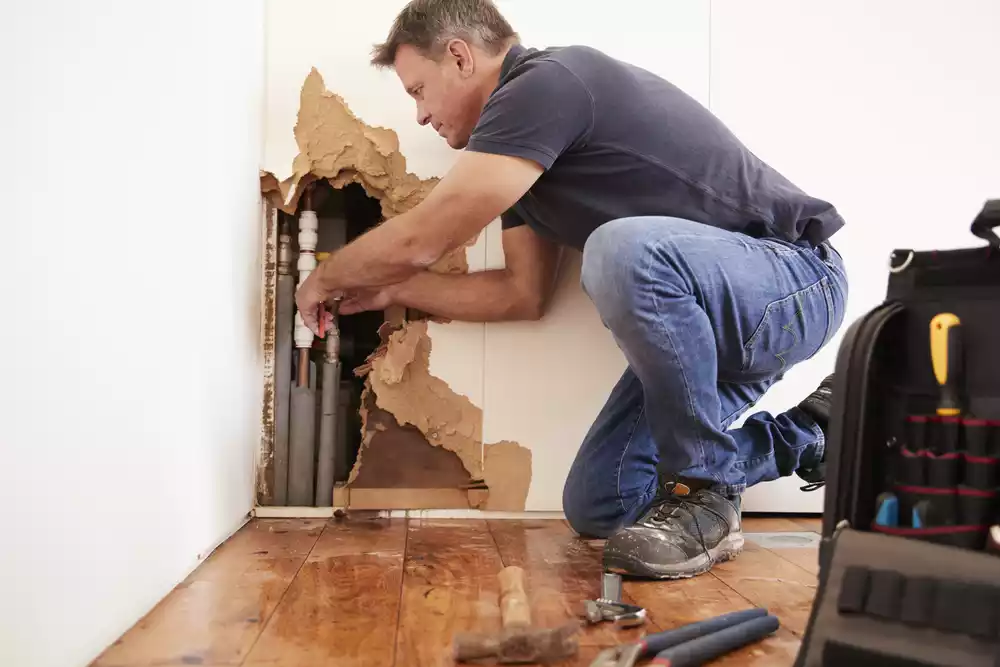
Immediate Steps to Take When Water Damage Occurs
Time is of the essence when it comes to addressing water damage on wood floors. Taking immediate action can help minimize further damage and increase the chances of successful restoration. Here is a list of crucial steps to take when water damage occurs:
1. Stop the Source of Water
The first step is to identify and stop the source of water that is causing the damage. This could involve shutting off the main water supply, fixing a leaking pipe, or addressing any other source of water intrusion. Preventing further water from entering the area is essential.
2. Remove Standing Water
If there is standing water on your wood floors, it is important to remove it as soon as possible. Use a wet/dry vacuum or mop to extract the water. This will prevent additional absorption and minimize damage to the wood.
3. Dry the Area Thoroughly
After removing the standing water, it is crucial to dry the affected area thoroughly. Open windows, turn on fans, and use dehumidifiers to promote air circulation and expedite the drying process. Moisture can seep into the wood, leading to further damage and mold growth, so proper drying is essential.
By following these immediate steps, you can mitigate the initial impact of water damage on your wood floors and create a better environment for successful restoration.
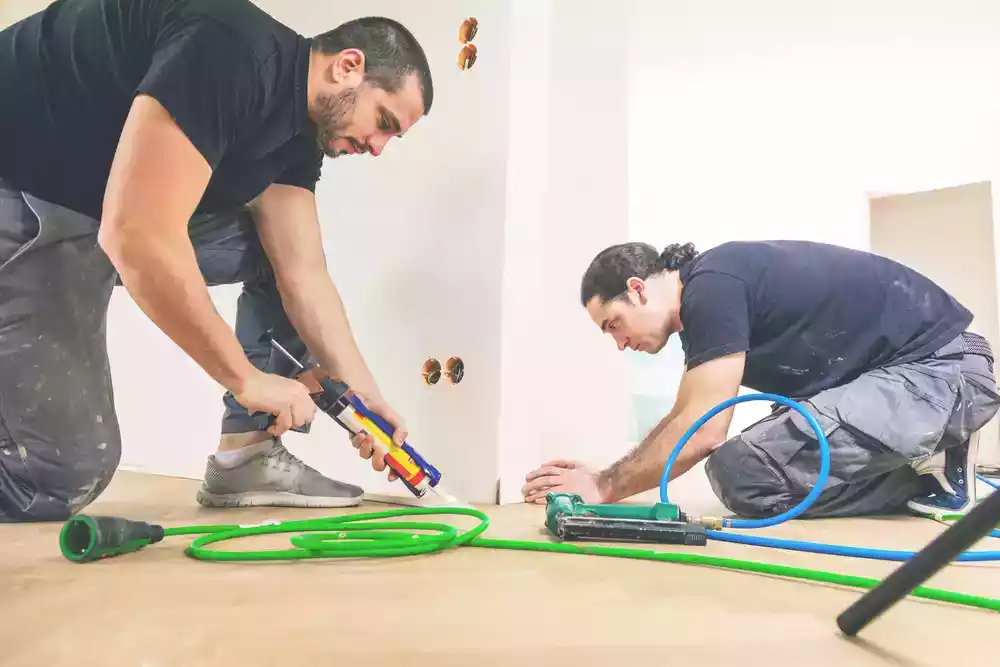
Assessing the Need for Professional Help
When facing water damage on wood floors, it can be difficult to determine whether or not to seek professional assistance. However, there are certain situations where it is advisable to bring in the experts to ensure the best possible restoration outcome.
Extensive Water Damage
If the water damage on your wood floors is extensive, it is crucial to call in professionals. This may include scenarios where a large area of the floor is affected, or if the water has seeped into the subflooring or other structural components. Professionals have the necessary equipment and expertise to thoroughly assess the damage and provide the appropriate restoration measures.
Specialty Wood Flooring
Some wood flooring types, such as exotic or specialty woods, require extra care and specific restoration techniques. In these cases, professional help is recommended, as they possess the knowledge and experience to handle these unique materials safely.
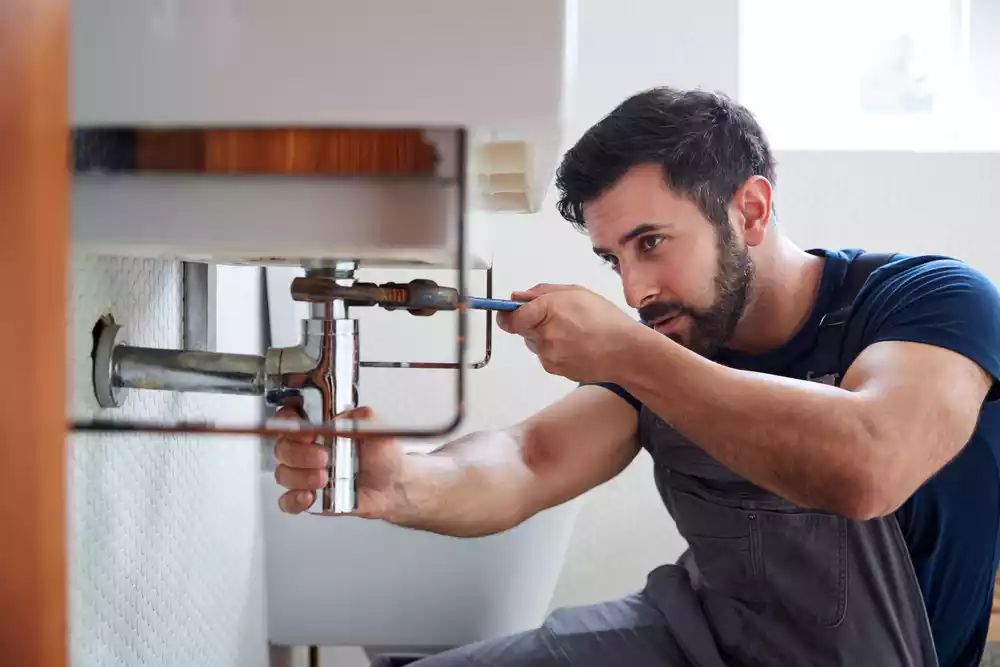
Preventing Future Water Damage
As the saying goes, prevention is better than cure. Taking preventive measures can help safeguard your wood floors against potential water damage, saving you both time and money. Let’s explore some practical tips to keep your wood floors at their best.
1. Maintain a Consistent Indoor Humidity
Wood is sensitive to changes in humidity, which can cause it to expand or contract. To prevent water damage, it’s crucial to maintain a consistent indoor humidity level between 30% and 50%. Using a hygrometer can help you monitor humidity and take necessary actions such as using a humidifier or dehumidifier to maintain a stable environment.
2. Clean Up Spills Immediately
A quick response to spills can significantly reduce the chances of water seeping into your wood floors. Clean up any liquid spills immediately and ensure that no moisture is left behind. Use absorbent cloths or towels to soak up the liquid and dry the affected area thoroughly.
3. Use Protective Mats and Rugs
Strategically placing mats and rugs in high-risk areas, such as entranceways and kitchen sinks, can provide an extra layer of protection against water damage. These mats will absorb any spills or drips and prevent them from seeping into the wood flooring.
By following these preventive measures and implementing routine maintenance practices, such as sweeping and mopping with appropriate wood floor cleaners, you can keep your wood floors looking their best and minimize the risk of future water damage.
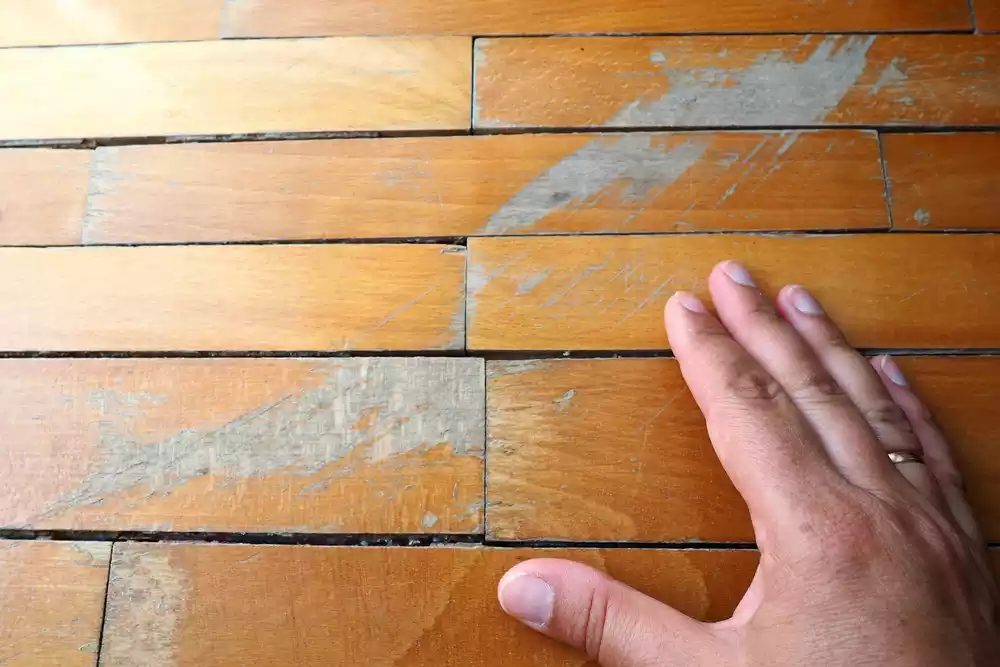
When to Replace Water-Damaged Wood Floors
While restoration is the preferred option for addressing water damage on wood floors, there are situations where replacement becomes necessary or more cost-effective. Understanding when to replace water-damaged wood floors can save you from unnecessary expenses and ensure the longevity of your flooring.
Structural Integrity Compromised
If the water damage has significantly compromised the structural integrity of the wood, restoration may not be sufficient. Signs of structural damage include sagging or buckling of the floor, which may indicate that the subfloor has been affected as well. In these cases, replacing the wood floor entirely becomes necessary to maintain a safe and stable flooring system.
Mold or Mildew Growth
Mold and mildew can pose serious health risks, and sometimes, restoration may not completely eliminate these harmful substances. If the water damage has led to mold or mildew growth, it is crucial to prioritize the health and safety of your family by opting for replacement. This ensures the complete removal of any mold spores and prevents potential respiratory issues for your household.
Inaccessible Areas
In some instances, the water damage may have affected areas that are difficult to access, such as underneath built-in cabinets or walls. Trying to restore these areas can be extremely challenging, time-consuming, and costly. In such cases, it might be more practical and cost-effective to replace the affected flooring entirely rather than attempting to restore it.
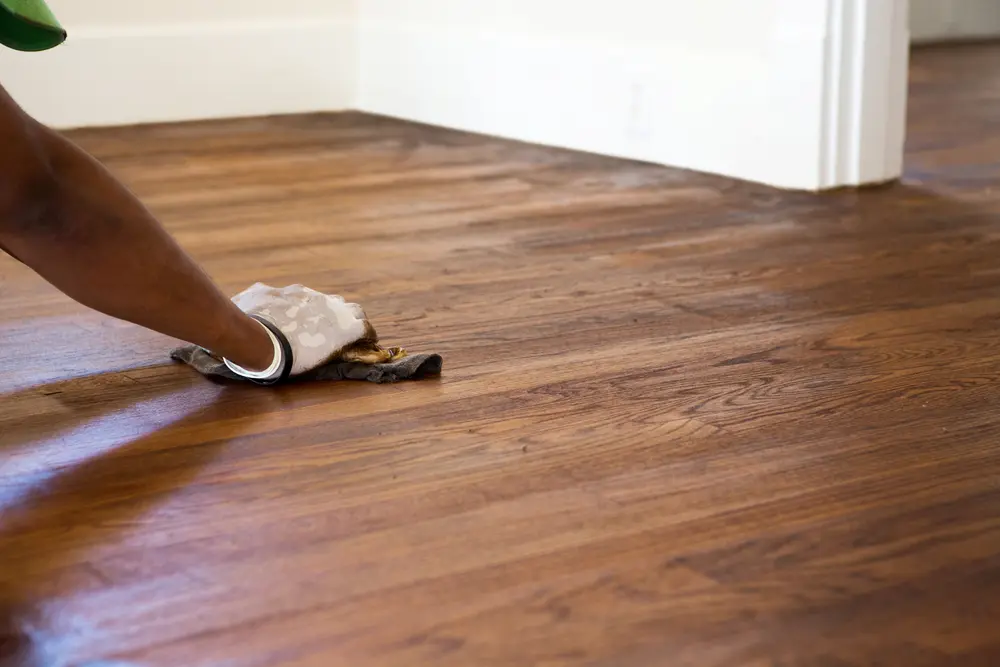
Choose Diamond Hardwood Flooring Replacement
Considering hardwood floor replacement? Trust the expertise of Diamond Carpet & Flooring Installation. Our seasoned professionals specialize in hardwood flooring Columbus Ohio installation, ensuring a seamless process that prioritizes quality and longevity. Contact us today for a consultation and take the first step toward revitalizing your space with exquisite hardwood floors.
Elevate your home with Diamond Carpet & Flooring Installation—where craftsmanship meets excellence.







